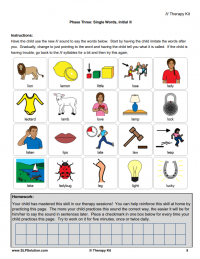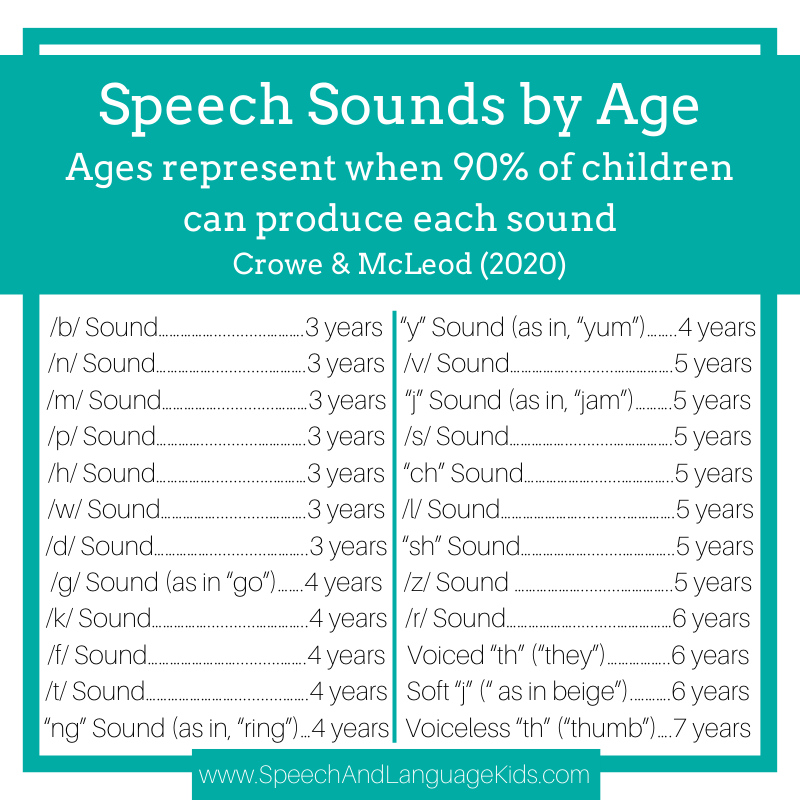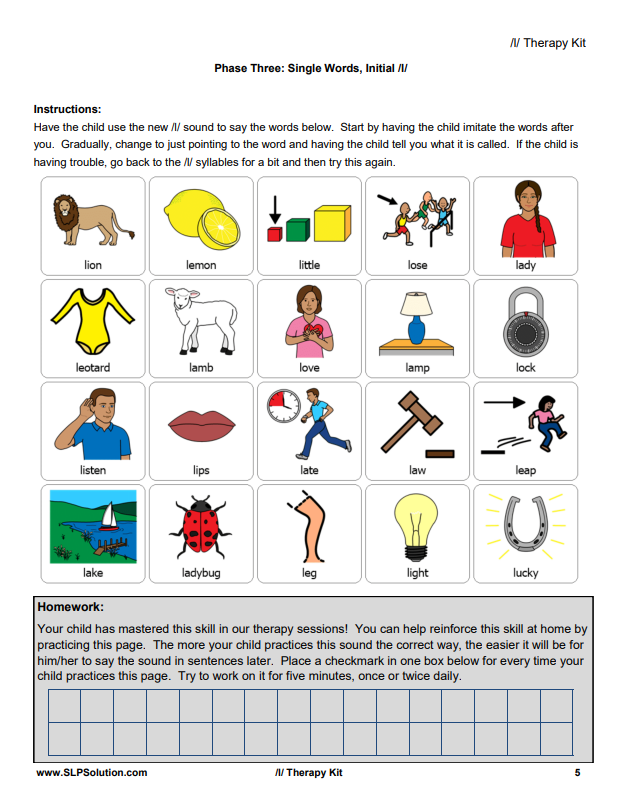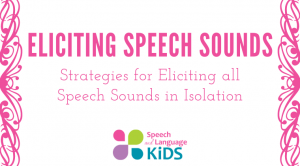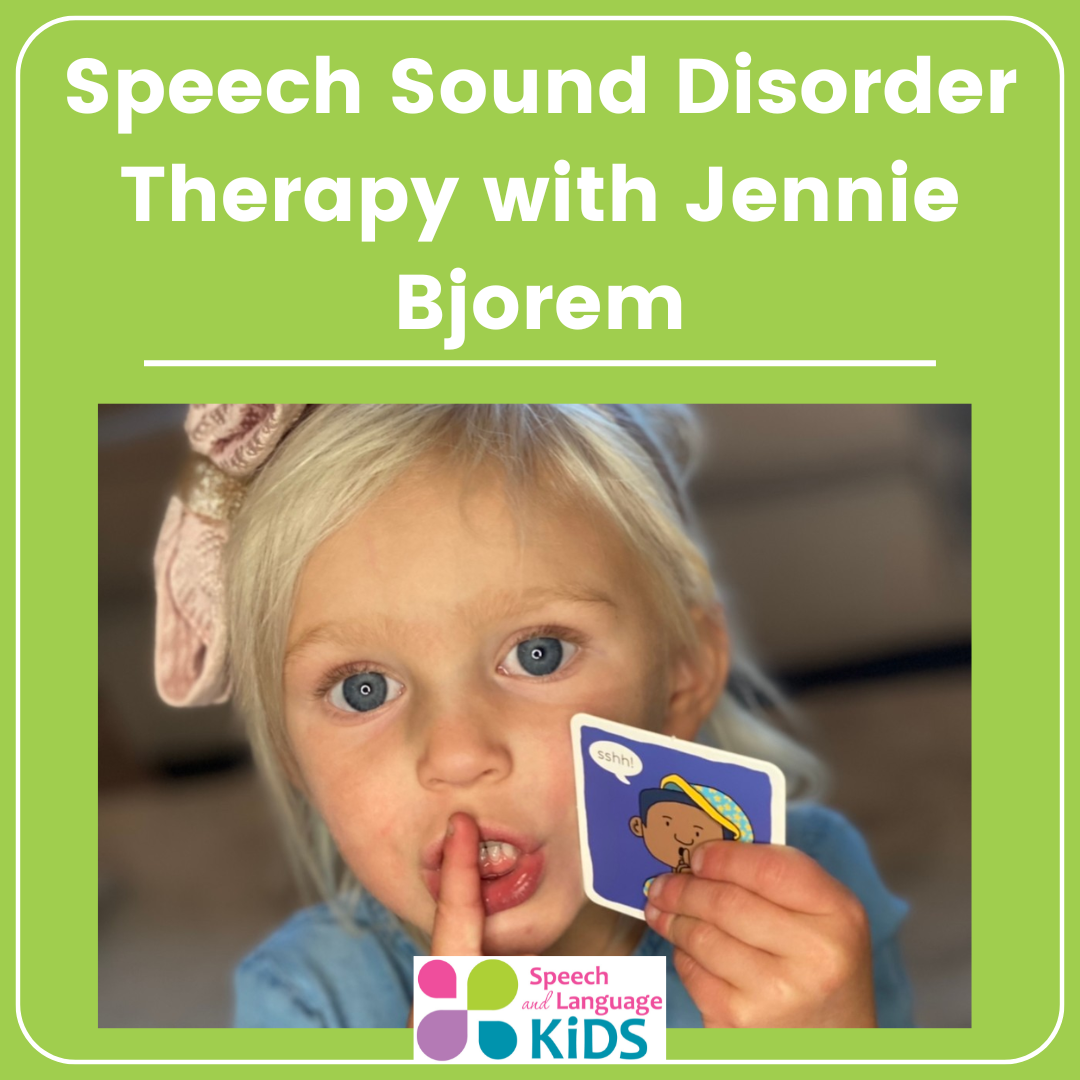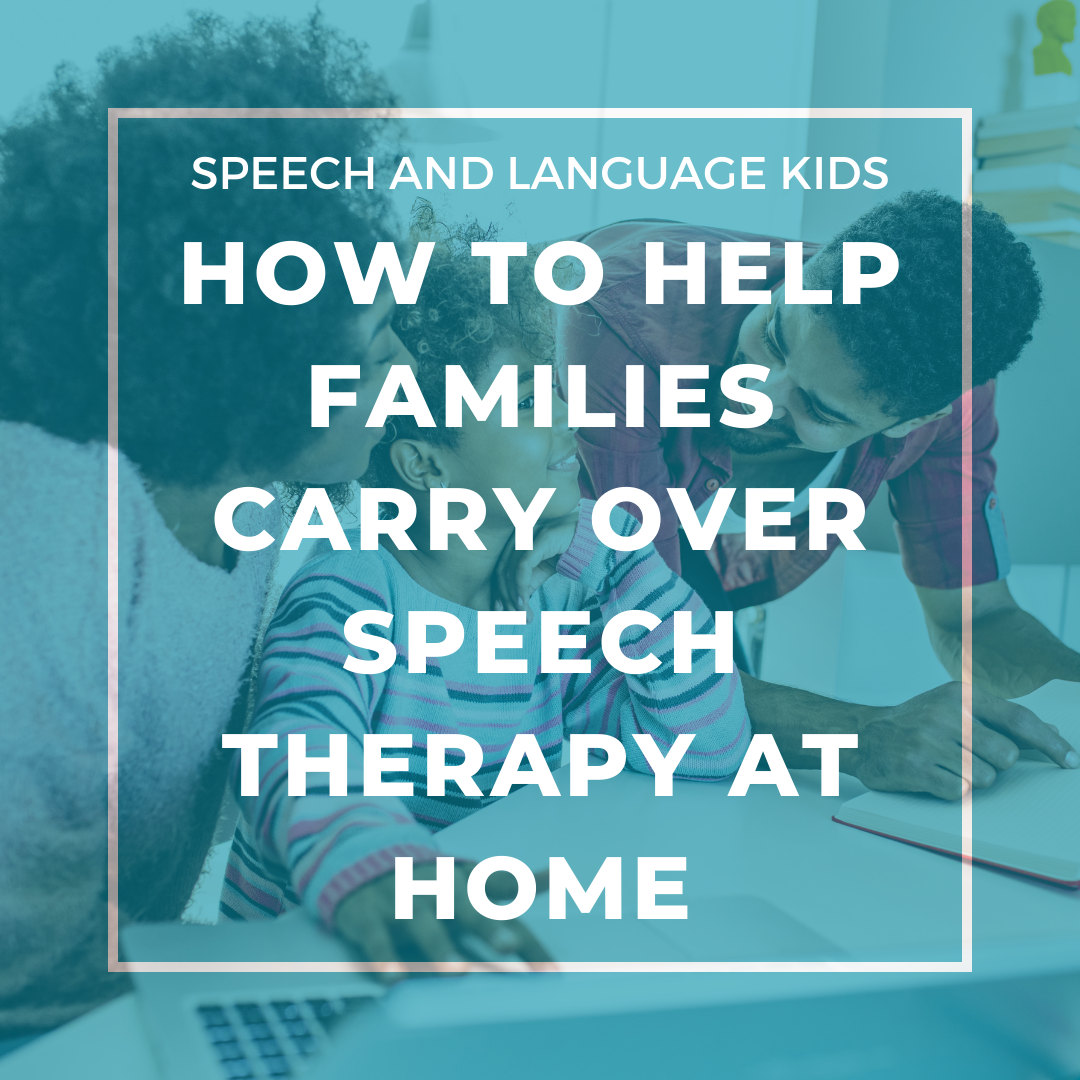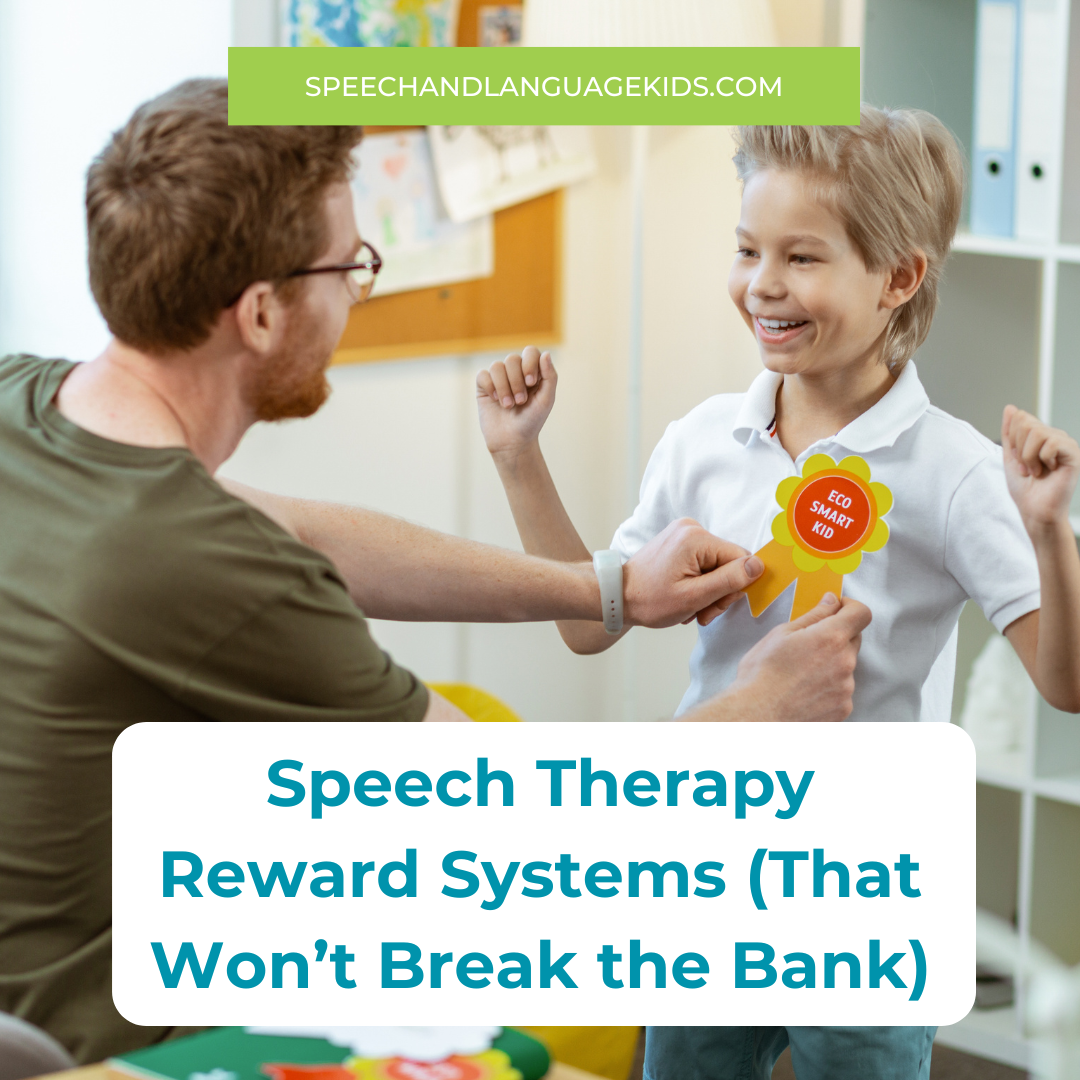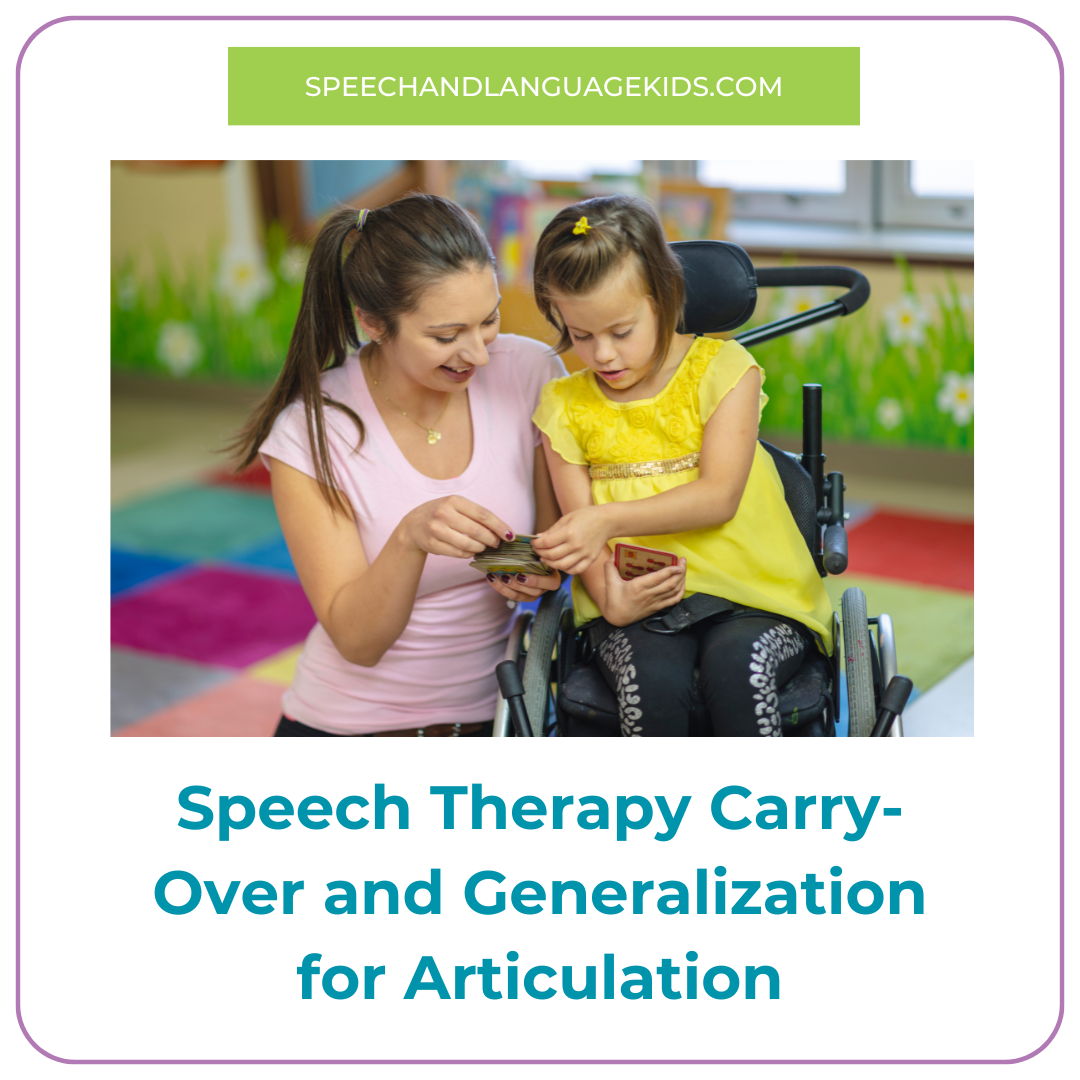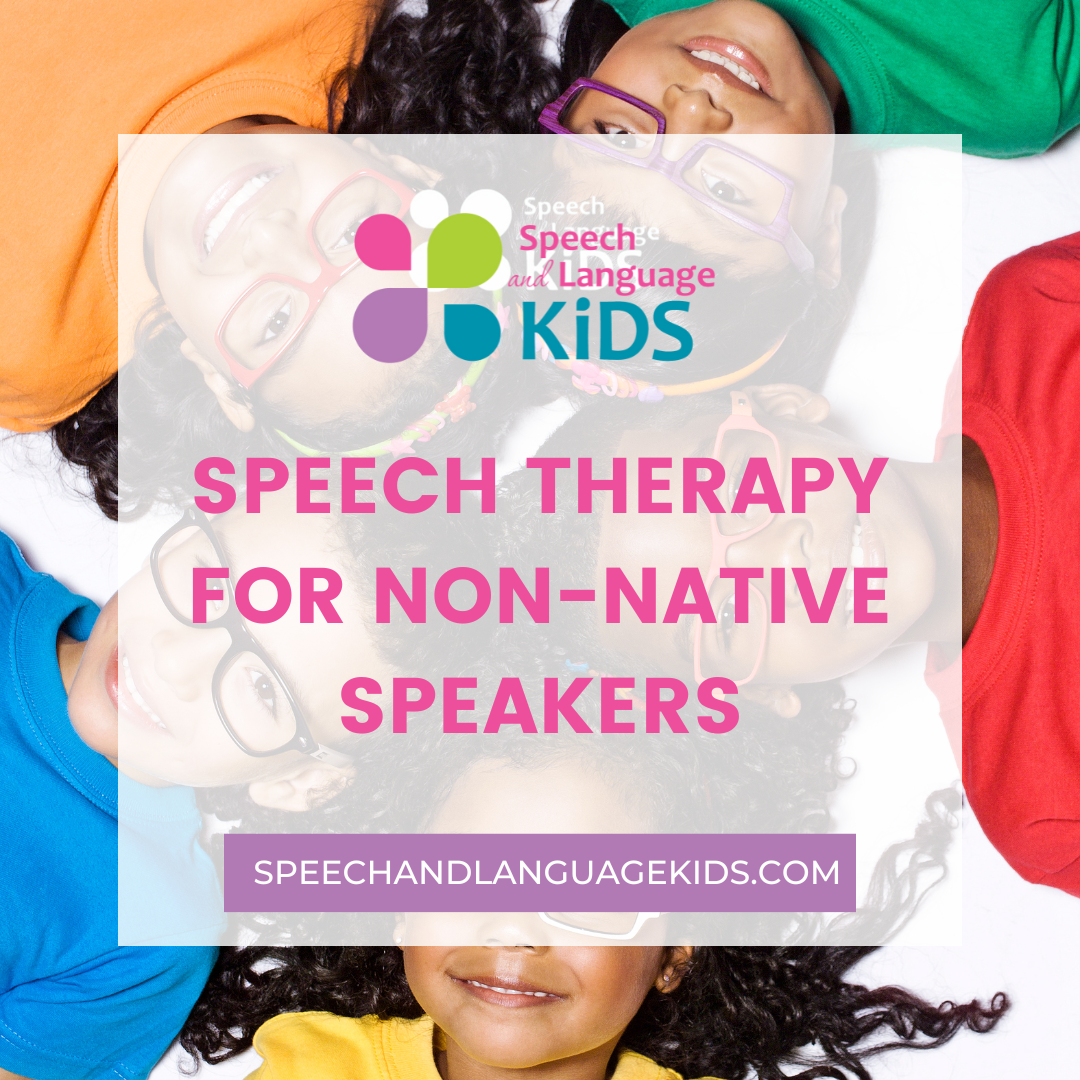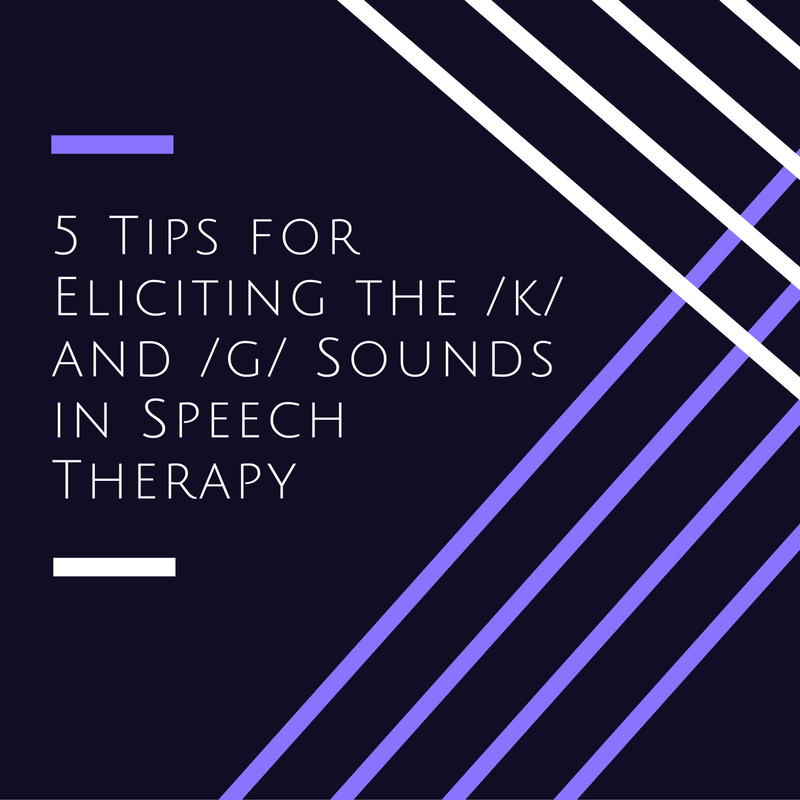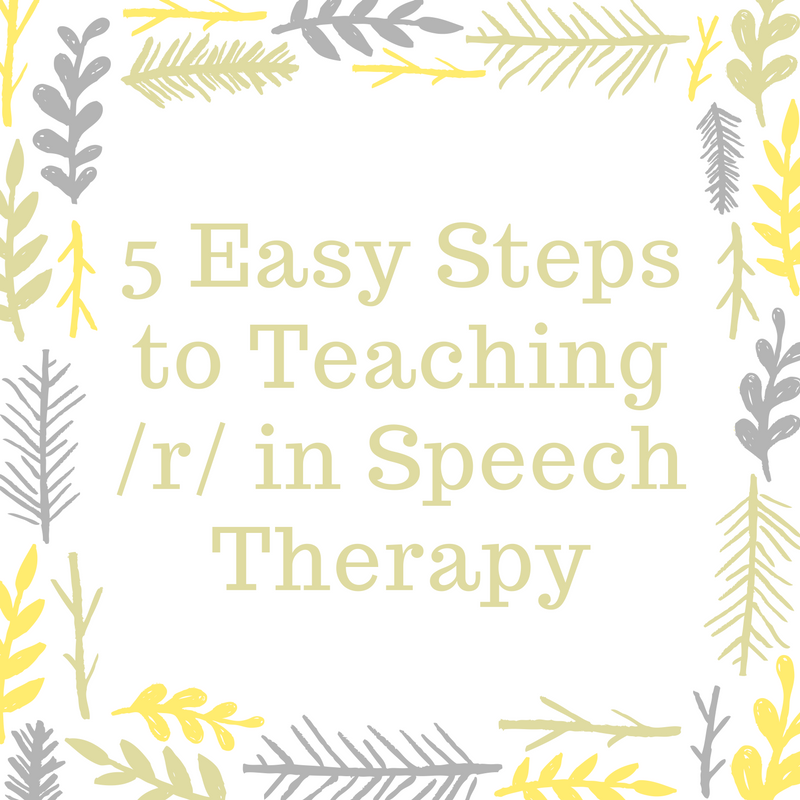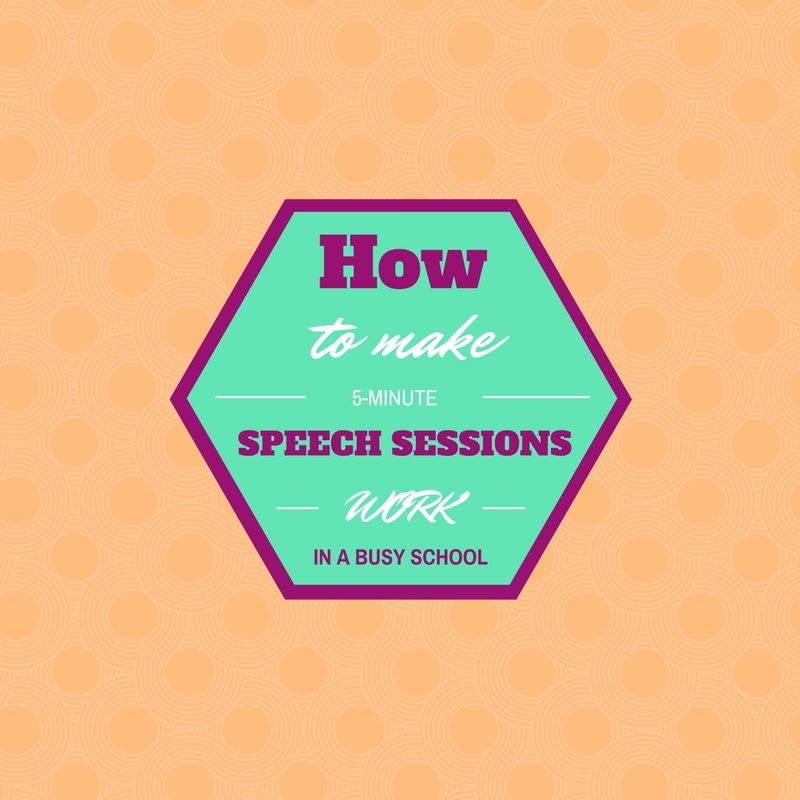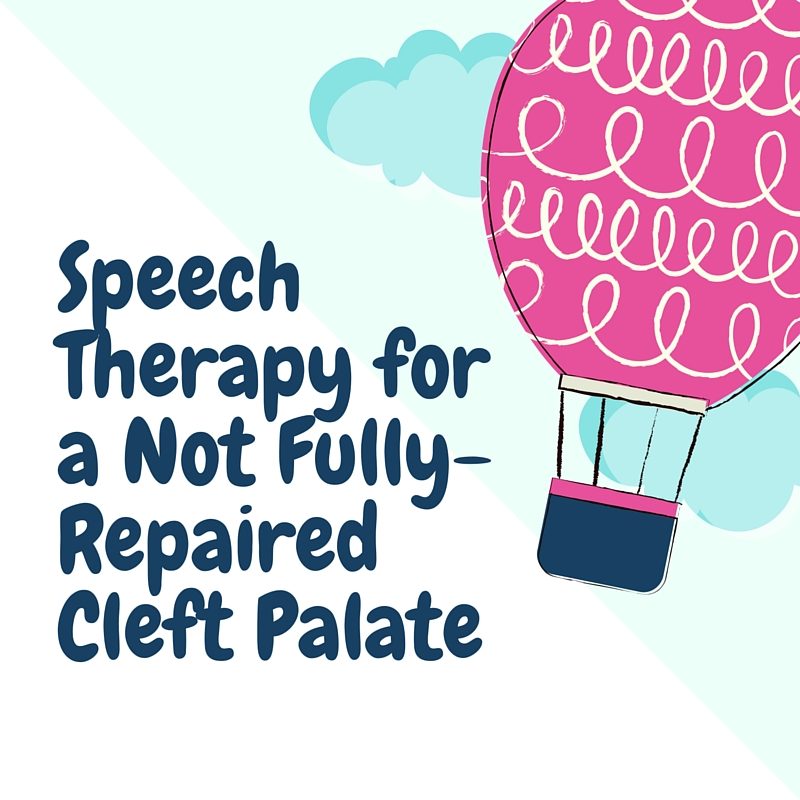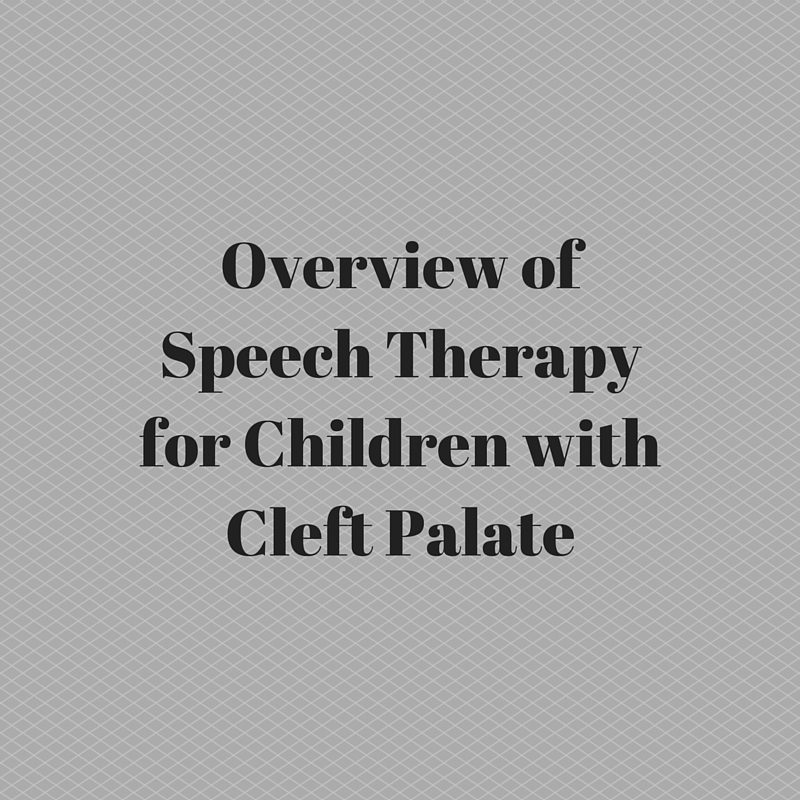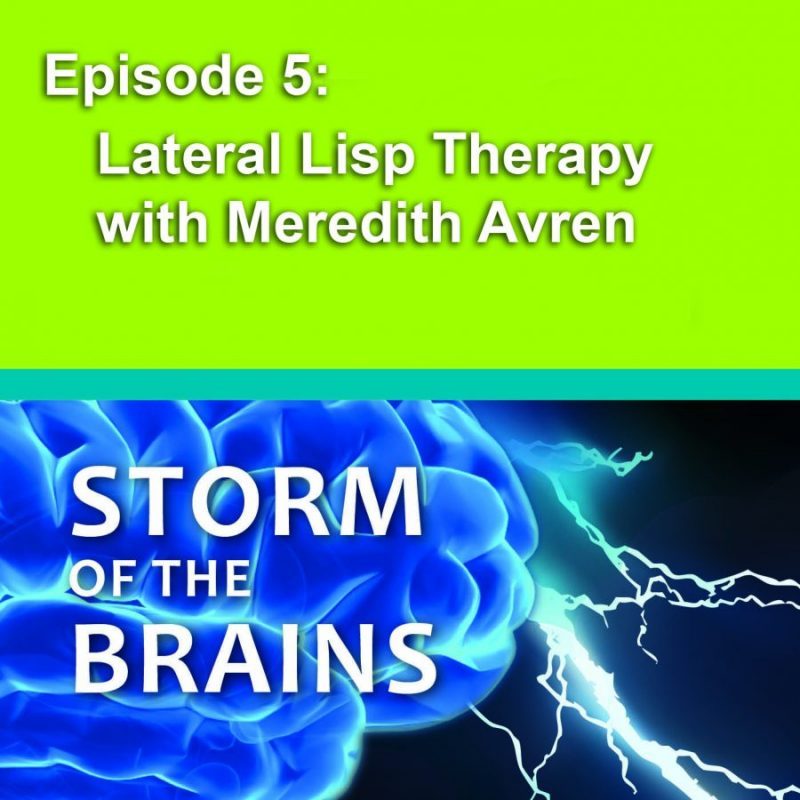What Are Speech Sound Disorders?
Most children naturally learn to say sounds correctly by hearing other people say them. There are certain sounds that are typically acquired earlier and others that come a little later. For example, it’s perfectly normal for a small child to say “tat” for “cat” and “wing” for “ring”. But as the child grows up, they should learn to say those sounds correctly.
For some children, learning to say speech sounds correctly is not that easy. These children may have difficulty pronouncing just a few sounds or they may have trouble pronouncing many sounds. These children are considered to have a speech sound disorder.
What Are Speech Sound Disorders?
Most children naturally learn to say sounds correctly by hearing other people say them. There are certain sounds that are typically acquired earlier and others that come a little later. For example, it’s perfectly normal for a small child to say “tat” for “cat” and “wing” for “ring”. But as the child grows up, they should learn to say those sounds correctly.
For some children, learning to say speech sounds correctly is not that easy. These children may have difficulty pronouncing just a few sounds or they may have trouble pronouncing many sounds. These children are considered to have a speech sound disorder.
Will a Child Grow Out of a Speech Sound Disorder?
Some children with speech sound disorders will grow out of it and learn the sounds eventually on their own. Others will require speech therapy to show them how to say the sounds. Unfortunately, there is no way to tell if your child will be the kind to grow out or the kind to need help. The earlier speech therapy is started, the better the outcomes generally are. If a speech sound error is left untreated for too long, it can become permanent (into adulthood). When it doubt, it is always best to seek professional help from a speech therapist for your child’s speech sound errors.
What Sounds Should My Child Be Able to Say?
Certain sounds in the English language are considered “harder” sounds and we do not expect young children to have mastered them yet. For example, a 3-year-old does not need to know how to say /r/ yet. Some 3-year-olds can say /r/ but many cannot and that is fine. Below is a chart of sounds and the ages by which most children have mastered the sound. This does not mean that a sound cannot be worked on before that age, it just means that the research shows that there are still some children struggling to learn the sound up until that age. As I mentioned above, it’s always better to start working on sounds earlier, but if the sound your child is missing is way above his or her age, it’s safe to wait a while to see if he or she learns the sound spontaneously.
What About Phonological Processes?
Along with knowing certain sounds, children should also have certain classes of sounds. Click the link below to learn more about phonological processes and which ones your child should or shouldn’t be using:
Phonological Processes: What are they, when should they disappear, and how to fix them if they don’t
What Do I Do If My Child is Unable to Say a Sound?
The first thing you should do is consult a speech-language pathologist. Only a professional will be able to identify if there is indeed a problem and know the best approach to treat that problem. However, while you are waiting for your appointment or while your child is enrolled in speech therapy, there are things you can do at home to help your child along. Keep reading to find information based on the type of speech problem.
Learn the 7 Easy Things You Can Do Today to Improve Your Child’s Speech and Language Skills
How to Teach a Child Any New Skill By Fading Supports
How to Teach a New Sound
These therapy approaches are great for speech-language pathologists or for parents who want to help at home.
How to Teach Sounds: Step-By-Step Guide (Podcast)
Operation: Better Speech! My in-depth e-book that will explain how to teach a new sound from start to finish Teach a Sound in Isolation: The first steps in the articulation approach to therapy How to Teach the /f/ Sound: A video demo of how to teach a child to master the /f/ sound How to Teach the /k/ and /g/ Sounds: Video with tips on how to elicit the tricky /k/ and /g/ sounds How to Teach the /l/ Sound: Information on how to teach the /l/ sound
How to Help Children Who Have Trouble Putting Sounds Together
Some children are able to say sounds by themselves (like “kuh kuh”) but when they try to pair the sounds together with various vowels (like “cow”), they have trouble with the sequencing part. If a child has a lot of speech errors or very inconsistent speech errors, it may be beneficial to just start with short words that only combine one consonant with one vowel, also called Consonant-Vowel (CV) or Vowel-Consonant (VC). Once the child is able to do this consistently, then you can add more consonants and vowels one by one. Here are some word cards that you can print that do just that: Articulation Cards: CV, VC, CVC, CVCV Word Structures Click here to download the Multi-Syllabic Words Artic Cards and Worksheets for free!
What if the Child Has Trouble with a Whole Class of Sounds
Some children have difficulty with many sounds. These sounds can be grouped into classes of sounds that share similar characteristics. Some children benefit from working on an entire class of sounds at once instead of just one at a time. This approach is called a phonological therapy approach. You might work on sounds that are all produced in the back of the mouth (like /k/ and /g/) or all long sounds that are produced with continuous air flow (like /f/, /s/, /z/, etc.). Here are a few resources to get you started: Phonological Processes: What are they, when should they disappear, and how to fix them if they don’t How to Teach Fricatives (Long Sounds) to Kids Click here to download the free PDF guide to teaching an entire class of sounds. Initial Consonant Deletion: How to Fix It Final Consonant Deletion: For kids who drop off the last consonants of words
How to Help a Child Learn to Say a New Sound in Conversation
Once you teach the child how to say a speech sound correctly in single words and sentences, you will want to help the child generalize that skill so he begins to say it correctly in conversational speech as well. This will take time and practice but there are things you can do to help the child learn it. Click here to download the Sounds in Structured Conversation Program for free!
Articulation Therapy Carry-Over Program: Generalizing the new sound to conversational speech
How to Increase Self-Awareness and Carry-Over When Teaching New Skills
What Tips Can Improve a Child’s Participation in Speech Sessions?
Can Speech Therapy Be Done in 5 Minutes? How Long Should Sessions Be at Home or School?
5 Quick Steps You Can Take to Get A Child Interested in Therapy
How to Do Speech Therapy at Home
PowerPoint Speech Therapy Ideas
Yoga Speech Therapy Activities
What About that Tricky /r/?
In my experience, /r/ is one of the most difficult sounds for a child to learn. Try these resources to help you:
How to Teach /r/ with Christine Ristuccia (Founder of Say it Right): Christine walks us through exactly how to do speech therapy for the /r/ sound. Love it!
/r/ Therapy: A Case Study with Therapy Ideas
What to do About Lisps?
There are two types of common lisps. The first type is called a frontal lisp. With this lisp, the tongue tip is too far forward when producing the /s/ and /z/ sounds. The tongue tip may even be visible between the teeth. The second type of lisp is a lateral lisp. With a lateral lisp, the air flow for long sounds (/s/, /z/, “sh”, “ch”, “j”, “ge”) goes over the sides of the tongue instead of out the front. This gives the speech a slushy sound.
Learn about therapy for a lateral lisp
Learn about therapy for a frontal (interdental) lisp
What About the Mumblers?
Some children may not be having trouble with a particular sound or group of sounds, but seem to just mumble all of their words together. I’ve often heard people refer to this as “mush-mouth”. Here’s what you can do to stop mumbling:
What is Childhood Apraxia of Speech?
Childhood Apraxia of Speech Resource Page
How to Respond to Teasing and Bullying:
Your Kid Sounds Funny (and other insults you should totally respond to)
Downloadable Speech Sound Therapy Materials
Operation: Better Speech! My in-depth e-book that will explain how to teach a new sound from start to finish
Complete /f/ Program: Teach /f/ from start to finish
Complete /p/ Program: Teach /p/ from start to finish
Complete /b/ Program: Teach /b/ from start to finish
Articulation Cards for All Sounds that You Can Download and Print
Browse All Speech Articles:

About the Author: Carrie Clark, MA CCC-SLP
Hi, I’m Carrie! I’m a speech-language pathologist from Columbia, Missouri, USA. I’ve worked with children and teenagers of all ages in schools, preschools, and even my own private practice. I love digging through the research on speech and language topics and breaking it down into step-by-step plans for my followers.
Connect with Me:

